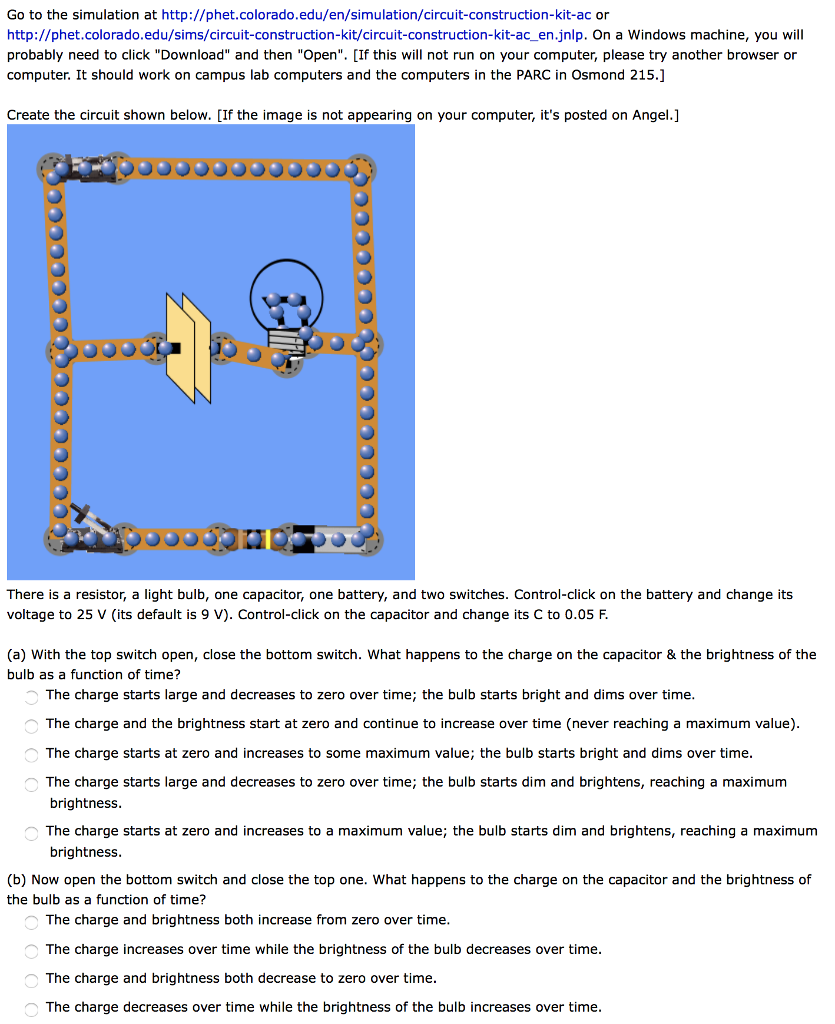

Display of the Bias points is controlled by the circular V, I and W icons on the toolbar The Schematic will have been updated with the values from the Bias Simulation, activate the Capture Schematic window, if it is not already active, to view the schematic. The Probe window will be opened, you will see an icon for this on the Taskbar, but the Probe Window will be empty since the Bias Point Simulation will have generated a single result, just the stable bias values for the circuit. The simulation will then run and report any errors if the design check fails, if you get any, these will need to be investigated and rectified before proceeding with this section. Then, from the menu take PSpice>Run to run the simulation.

Left-click on OK to accept the Simulation settings and close the Simulation Settings form. Note that the name of the Simulation Profile, "bias" in this case, is shown in the heading for the Simulation Settings form. Set the Analysis type to Bias Point, if required, the other default settings for the Bias Point will be fine for this simulation. In this section, a Bias Point Simulation will be configured and run, from the menu either take PSpice>Edit Simulation Profile to edit the existing simulation profile or take PSpice>New Simulation Profile to create a new simulation, this will need a name, like "runBias" for example. A Transient analysis will evaluate a circuit in real time such that it will then be possible to view the waveforms within the circuit, similar to using a bench oscilloscope. An AC Sweep will apply multiple values to any AC sources within the design, typically used to evaluate the frequency response of the circuit. A DC Sweep will apply multiple values to a Voltage, or Current, source, a Model Parameter, a Global Parameter, or Temperature. The other simulation types will start by running the Bias Point simulation, to get the circuit to a stable state, and then run the selected simulation type. The Bias Point simulation applies any DC sources and allows the circuit to get to a stable state. There are four basic simulation types for PSpice: Bias Point, DC Sweep, AC Sweep and Transient. The small advantage to having multiple Simulation Profiles is that it will then be possible to switch between the simulation settings without editing the Simulation Profile. The Simulation Profile can either be edited for each simulation, or a New Simulation Profile can be created, as required. The sequence to run the simulations involves setting the Simulation Profile for the required simulation type and then running the simulation. You will need to complete Section2: Entering the Schematicbefore you will be able to work through this section.
Icircuit simulation not running how to#
This section describes how to use OrCAD© Capture-PSpice© to simulate the circuit for the Headphone Amplifier example design.


 0 kommentar(er)
0 kommentar(er)
